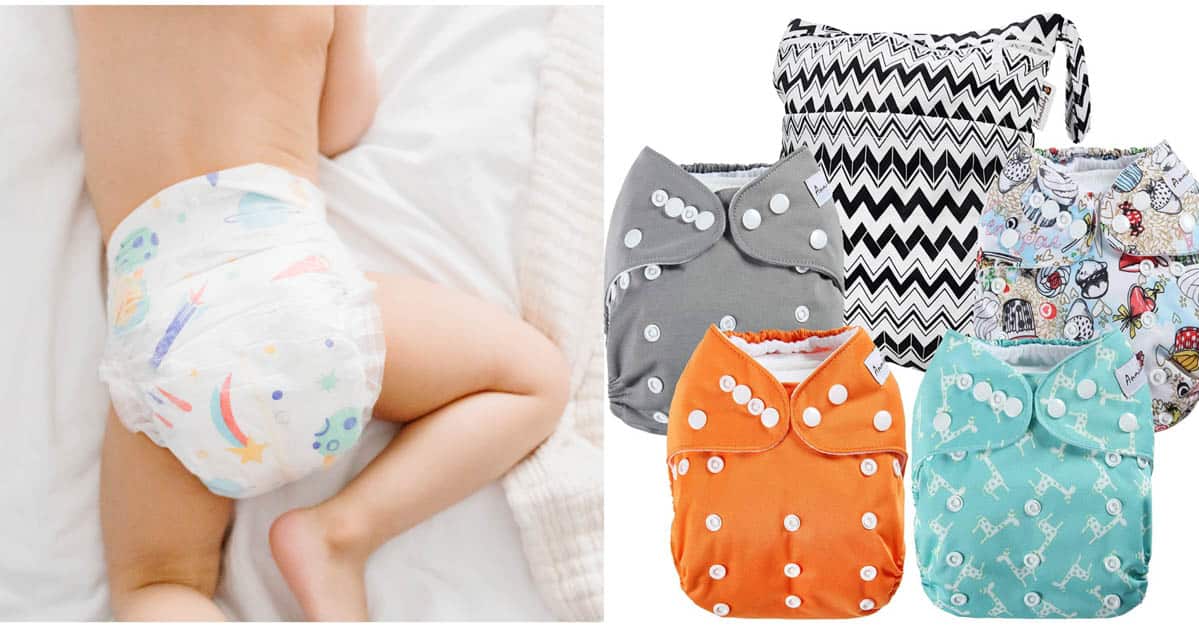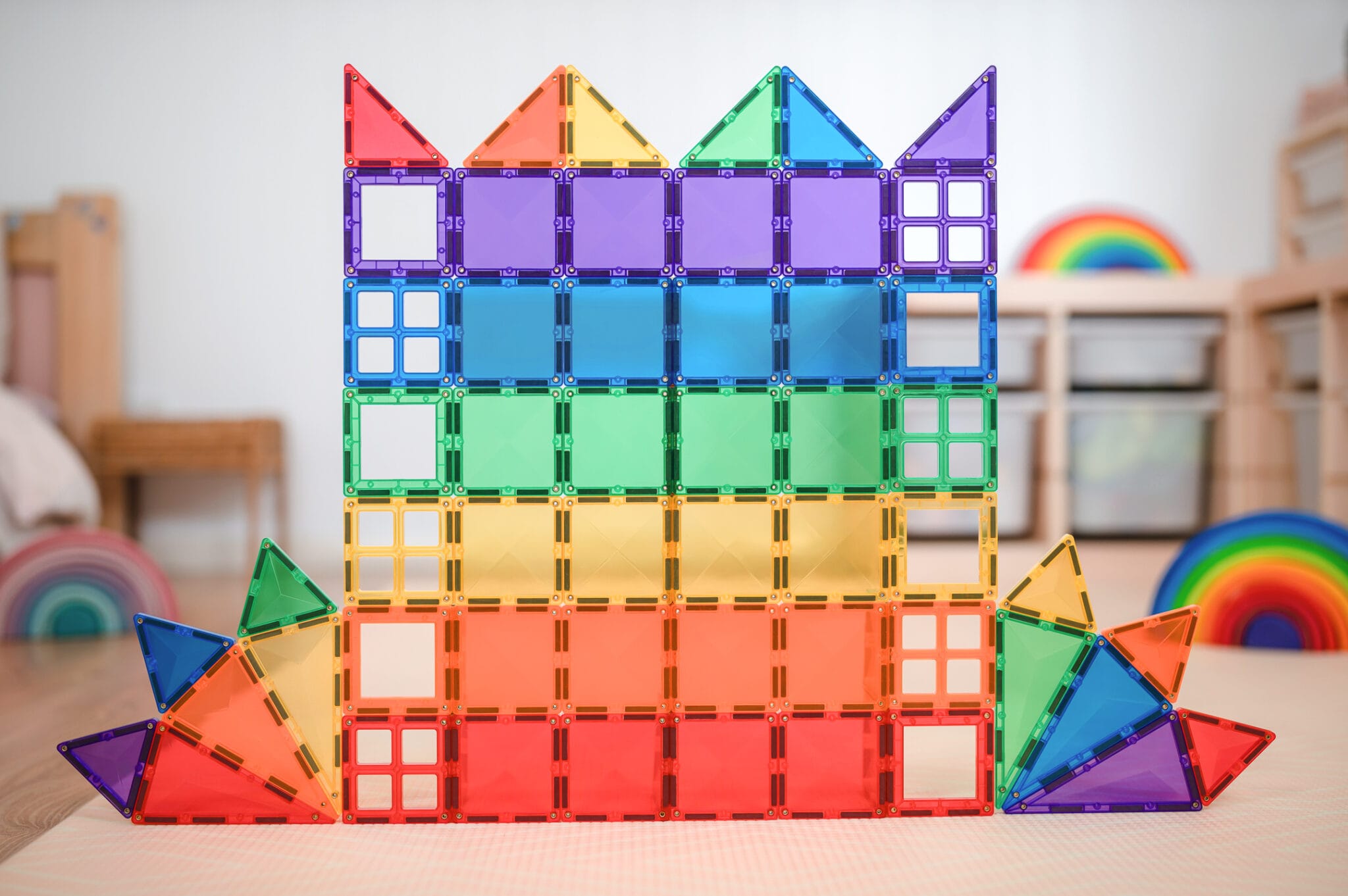What are Disposable Diapers?
Natural Disposable diapers are a fantastic choice for busy parents! These diapers are designed to be used just once and then easily disposed. They have a special absorbent core made of materials like wood pulp and superabsorbent polymers, along with a comfy outer layer made of plastic. Plus, they come with handy features like elastic and fastening systems.
Parents love using disposable diapers because they are incredibly convenient. You don’t have to worry about washing them, just use and toss! However, it’s important to consider their environmental impact. Disposable diapers require resources and energy to produce, and they do generate waste. So, it’s worth thinking about how we can minimize their impact on our planet.
Why Do Parents Prefer Disposable Diapers?
There are several reasons why parents may prefer disposable diapers over other types of diapers, such as cloth diapers:
- Convenience: Disposable diapers are easy to use and do not require washing, which can be a time-saver for busy parents. They are widely available and easy to restock.
- Absorbency: Disposable diapers are more absorbent than cloth diapers, thanks to superabsorbent polymers in the core. This reduces the frequency of diaper changes and prevents leaks.
- Mobility: Disposable diapers are compact and portable, making them ideal for travel and outings.
- Health: Disposable diapers can help prevent diaper rash and skin irritations by wicking away moisture from the baby’s skin.
- Natural diapers: Natural or non-toxic diapers are made with eco-friendly and organic materials, free of harmful chemicals, fragrances, and dyes. They are considered the cleanest diapers.
- Availability and cost: Natural diapers may not be as widely available as conventional disposable diapers and may be more expensive.
However, it’s important to note that disposable diapers also have environmental and financial costs, and there are alternative options such as cloth diapers or natural disposable diapers that may be more sustainable or cost-effective in the long run.
Ultimately, the decision of what type of diaper to use is a personal choice that should take into account individual circumstances and priorities.
Materials used in Parasol Disposable Diapers:
When selecting the perfect diaper for your little one, it’s crucial to consider not only its performance but also the materials used in its production. For environmentally conscious parents, there’s a brand that has been making waves in the market – Parasol Co. They have gained popularity for their commitment to using eco-friendly materials in their diapers. Let’s explore into the various materials used by Parasol Co to craft their exceptional diapers.
Total Chlorine-Free FSC-Certified Wood Pulp:
Parasol Co uses wood pulp from sustainably managed forests that are certified by the Forest Stewardship Council (FSC). This wood pulp is processed without the use of chlorine, which can release harmful chemicals into the environment.
Ultra-Soft Hydrophilic Nonwoven Fabric:
The top sheet of Parasol Co Natural diapers is made from hydrophilic nonwoven fabric, which is designed to be ultra-soft and gentle on a baby’s skin. This material is also highly absorbent and helps to wick moisture away from the baby’s skin, keeping them dry and comfortable.
Breathable Polypropylene Film:
The outer layer of Parasol Co natural diaper pants is made from breathable polypropylene film, which allows air to circulate while still providing a waterproof barrier to prevent leaks.
High-Grade Super Absorbent Polymer (SAP):
The absorbent core of Parasol Co diapers is made from high-grade SAP, which can absorb up to 10 times its weight in liquid. This allows for longer wear time and fewer diaper changes.
Latex-Free Soft Closing Tabs:
The tabs that fasten the diaper in place are made from latex-free materials that are soft and gentle on a baby’s skin. They also provide a secure fit to prevent leaks.
OEKO-TEX® Certified Spandex:
The elastic used in Parasol Co diapers is OEKO-TEX® certified, meaning it has been tested and verified to be free from harmful substances.
Non-Toxic Water-Based Ink:
The prints and patterns on Parasol Co Non toxic diapers are created using non-toxic water-based ink, which is safer for both babies and the environment.
90% Recycled Packaging Materials:
Parasol Co is committed to reducing its environmental impact, and the company uses packaging materials made from 90% recycled materials. This helps to minimize waste and conserve resources.
What are the Environmental Impacts of Disposable Diapers
Disposable diapers have a notable environmental impact, particularly in terms of landfill waste and greenhouse gas emissions. However, a solution exists: transitioning to natural diapers, also known as eco-friendly or organic diapers.
Traditional disposable diapers contribute to landfill waste, with billions of them disposed of annually in the United States alone. These diapers decompose slowly, releasing methane, a greenhouse gas. In contrast, natural diapers are biodegradable, breaking down more efficiently and reducing landfill waste.
The production of traditional diapers is also an environmental concern, as it relies on non-renewable resources like wood pulp and plastics, resulting in significant energy consumption and carbon emissions. In contrast, natural diapers are made from sustainable, plant-based materials, which have a lower environmental impact and require less energy to produce.
Considering the long-term effects, traditional disposable diapers can persist for centuries, posing potential risks to the environment. The breakdown of plastic components can lead to the formation of microplastics, which negatively affect soil, water sources, and wildlife. By choosing natural diapers, we can mitigate these environmental challenges and actively contribute to a more sustainable future.






